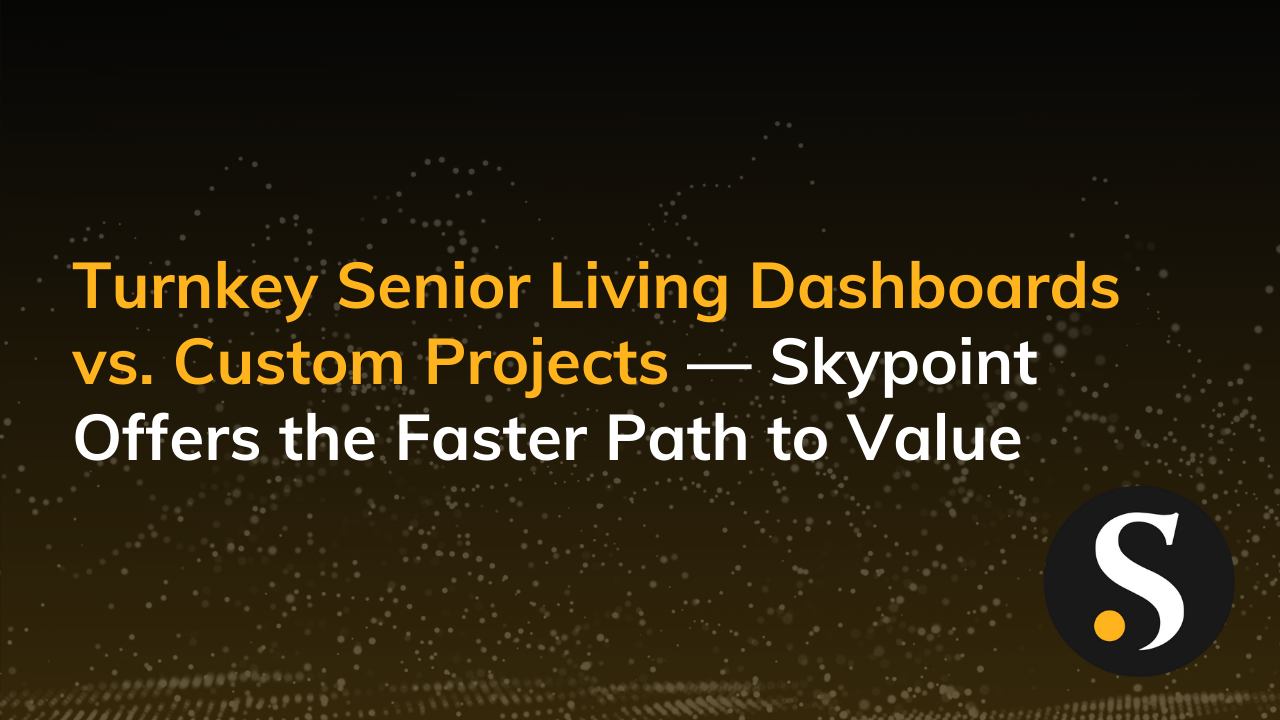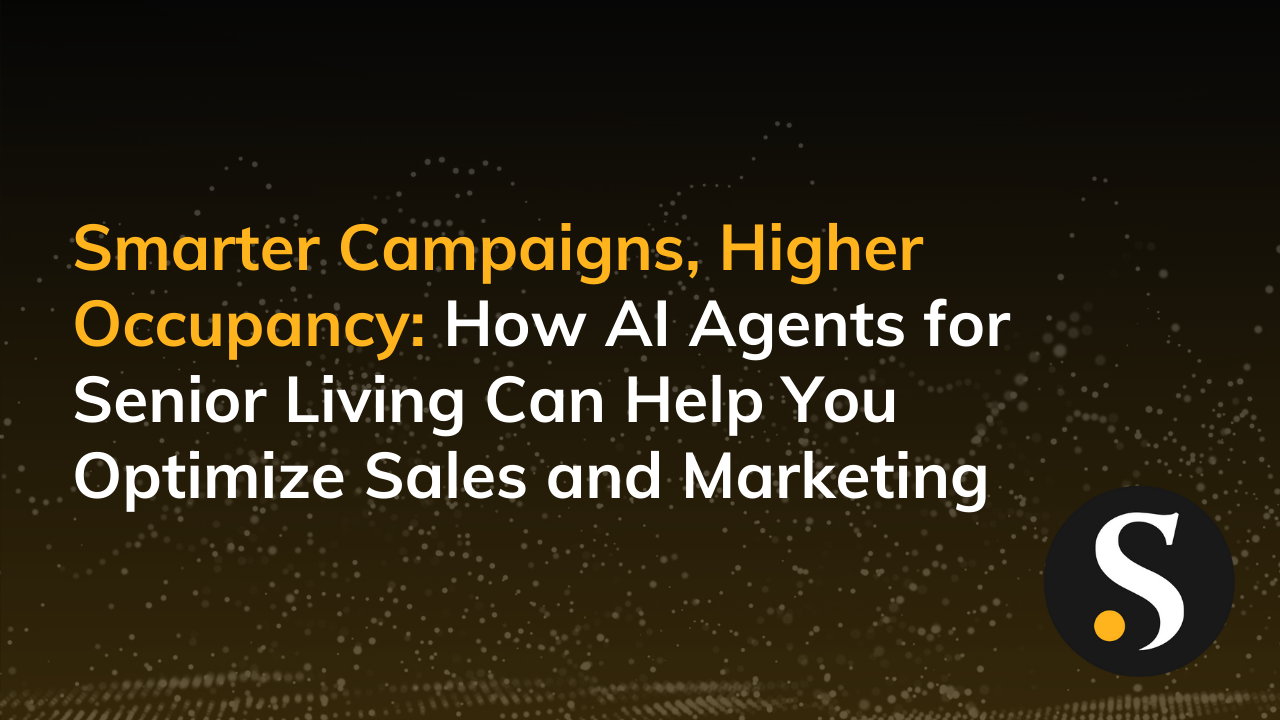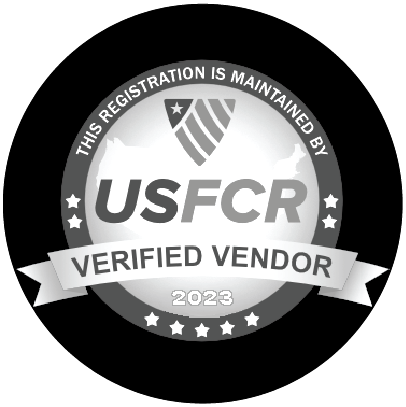In the rapidly evolving world of artificial intelligence, one size does not fit all—especially in regulated industries like senior care and senior living that are rife with nuances. An AI stack must be as dynamic and detailed as the industry it serves. But what exactly is an AI stack, and why is customization critical for its success?
If every industry implements its own custom AI stack that is specifically tuned to its unique terminologies, workflows, regulatory environment, and customer needs, then AI will be more accurate, relevant, and effective, leading to higher rates of adoption and satisfaction within the industry.
First, let’s define what we mean by an AI stack.
What is an AI Stack?
The term “AI stack” is a more comprehensive set of tools and technologies that include more than just the AI model. It’s a layered framework that integrates various AI components and data management resources, tailored to meet the specific needs and challenges of a particular industry or application. Yes, ChatGPT, can technically be considered its own AI stack, but with a specific focus. It’s built primarily on a Large Language Model (LLM), which is a key component of a broader AI stack.
An AI stack includes everything to ensure that AI systems are not only intelligent and responsive but also reliable, secure, and user-friendly, including:
1. Large Language Models (LLMs) & Fine-Tuning
The cornerstone of AI communication, these models are fine-tuned with industry-specific data to grasp and generate the specialized language of senior care.
2. Embeddings
The AI’s vocabulary, turning complex industry jargon into a numerical form that machines understand, like teaching a computer the difference between “fall risk” in a clinical report versus in a maintenance log.
3. Prompt Engineering
The art of asking the right questions. It’s like translating “What activities?” into “What are suitable activities for seniors with limited mobility?” for clearer, more actionable AI responses.
4. Few-shot Learning
An AI’s quick adaptation tool, enabling it to learn from a handful of examples—crucial for tailoring care plans without extensive data.
Though there are other more technical components in the stack, these main components all work together to create an AI stack that is not only technically capable but also tailored to the specific needs, challenges, and regulations of a particular industry.
So, what makes an AI stack “custom”?
Custom AI Stacks for Industry Use
Senior care and Senior Living sound like interchangeable terms, but they are uniquely complicated. Each has distinct requirements and use cases, from managing in-facility care to coordinating home-based services and navigating the complexities of Medicare and value-based care systems.
Here’s a look at how the segments breakdown:
Assisted Living / Memory Care
Here, AI must discern the varied cognitive and physical abilities of residents. Custom AI stacks aid staff in creating personalized care plans and provide vital health alerts, enhancing resident care.
Skilled Nursing Facilities (SNFs) / Post-Acute Care
With complex medical needs at play, AI requires an understanding of in-depth medical terms and rehabilitation processes, ensuring patient care meets the high bar of healthcare regulation compliance.
Home Care / Home Health
The decentralized nature of home care needs AI that can adapt to diverse home environments and individualized care routines, offering support in scheduling and remote health monitoring.
Medicare/Value-Based Care
Navigating the intricate insurance landscape requires AI that can unify patient records and optimize care pathways for proactive management.
| Sub-Industry | Unique Requirements | AI Use Cases |
| Assisted Living/Memory Care |
|
|
| Skilled Nursing Facilities/Post-Acute Care |
|
|
| Home Care/Home Health |
|
|
| Medicare/Value-Based Care |
|
|
Looking at these differences, you can start to see why a one-size-fits all AI stack won’t cut it. Let’s dive a bit deeper into what needs to happen at each layer to customize the stack and why.
What AI Stack Specialization Means and Why It’s Necessary
1. Fine-tuned LLMs (Large Language Models)
Fine-tuning LLMs for a specific industry involves more training on industry-specific data, allowing the model to understand and generate responses relevant to that field.
This fine tuning enables more exact and relevant responses, critical in fields like senior care where precision can affect care quality and compliance with healthcare regulations.
Both senior care and senior living use different terminology and have unique ways of doing things that someone outside the industry might not understand.
- It’s Smarter About Your World: This LLM knows all the special terms and important things about caring for seniors. So, when you talk to it or ask it questions, it understands you better and gives you more useful answers.
- It Speaks Your Language: Whether you’re discussing different types of care or specific needs of seniors, the LLM gets it. This means it can help you create information or reports that make more sense for your work.
- It Makes Your Job Easier: Since this LLM knows a lot about Senior Care and Living, it can do things faster and more accurately, like helping with paperwork, answering internal questions (policies & procedures), or giving advice.
2. Embeddings
Embeddings are words, phrases, or even entire sentences in a numerical form that the model can understand. This helps LLMs grasp the meaning and context of language. It’s a bit like teaching a computer to understand words and phrases the way we do in the real world. Embeddings would help the LLM understand that “fall risk” refers to the likelihood of a senior falling, which is crucial information.
Embeddings help AI understand that “assisted living” is closely related to things like help with medication or meals, and that “memory care” is connected to memory loss and special safety measures. The computer learns to see these terms not just as words, but as concepts with meaning and context.
3. Prompt Engineering
“Prompt Engineering” in AI is like teaching a computer the best way to ask and answer questions in specific areas. It’s about creating the right kind of questions or instructions (prompts) so that the AI understands and gives you the information you need.
For example, in a senior living facility, you might need to know about the best activities for residents with limited mobility. If you ask the AI, “What activities?” it might not know you’re talking about activities appropriate for seniors. But with prompt engineering, the question is crafted better, like, “What are suitable activities for seniors in assisted living with limited mobility?” This way, the AI knows exactly what you’re asking and can give you a more useful answer.
4. Few-Shot Learning
Few-shot learning is a training approach for LLMs. This allows the AI to learn from a small number of examples, adapting to specific industry needs efficiently. Instead of needing thousands of examples to understand a concept, an LLM trained with few-shot learning can grasp new ideas or tasks with minimal data. In senior care, this could mean quickly adapting the LLM to understand specific types of medical reports or care plans with only a few examples.
For example, imagine you’re teaching a new employee at a senior living facility how to organize activities. Instead of explaining every single activity possible, you show them just a few examples – a card game for social interaction, a gentle exercise class for physical health, and a music therapy session for mental well-being.
Buy Vs. Build an AI Stack
With a custom LLM and AI Stack, companies like Skypoint handles the fine tuning, prompt engineering, and few-shot learning for you. We understand how to talk to the AI in the language it needs to give you the right answers. This is not an easy task. It requires a deep understanding of both AI technology and the specific needs and language of the senior care and senior living industry.
Doing this in-house would require certain skill sets, like learning a new language fluently enough to write poetry in it. You’d need experts who understand both AI and industry nuances – what words mean in this context, what kind of information is needed, and how to phrase questions and instructions just right.
Skypoint supplies the expertise in both areas so you can focus on providing care and services, without having to worry about mastering the complex (and evolving) nature of AI.
Generic AI Copilots + Skypoint = Better Together
What about all the generic AI plugins and Copilots in the market? You can certainly use ChatGPT Plus or Copilots in your role to plan meetings, summarize docs and create transcripts. Think of these tools as a horizontal approach to your work. These tools can effectively search the internet, or your internal docs, and get a pretty good answer, but they do not know your business, and they don’t have access to your unique data sets. There’s also the per user license cost to consider. For larger organizations this cost can quickly add up.
We are taking a vertical, industry approach and working with these tools to accelerate, supplement, and enhance the existing AI stacks. Connecting your data, adding context, and incorporating feedback back into the models is where we fit into the mix.
Think of Copilots like the top bun of the AI sandwich. They satisfy a basic need, but if you want the full AI experience, you need the other complementary layers. They are certainly better together to become a truly “industry-ready” AI Copilot.
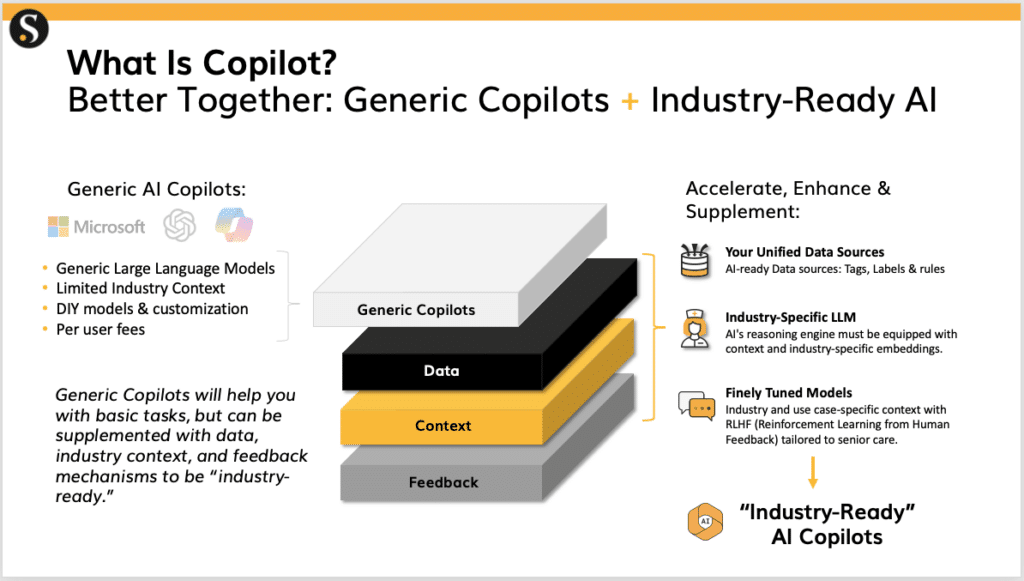
Looking Ahead: Custom AI Stacks and the Future of Senior Care
A custom AI stack is not just a solution for today—it’s a foundation for tomorrow. It ensures both senior care and senior living organizations are ready for future advancements and industry shifts.
As AI becomes an integral part of senior care, it’s clear that customization is key to success.
Skypoint offers the expertise and tools necessary to build an AI stack tailored to your specific needs. It’s time to move beyond one-size-fits-all solutions and embrace an AI future that’s designed for the unique industry challenges.
Schedule a 30-min walkthrough to see real examples of how we’re leveraging custom AI to Chat with Your Data.



